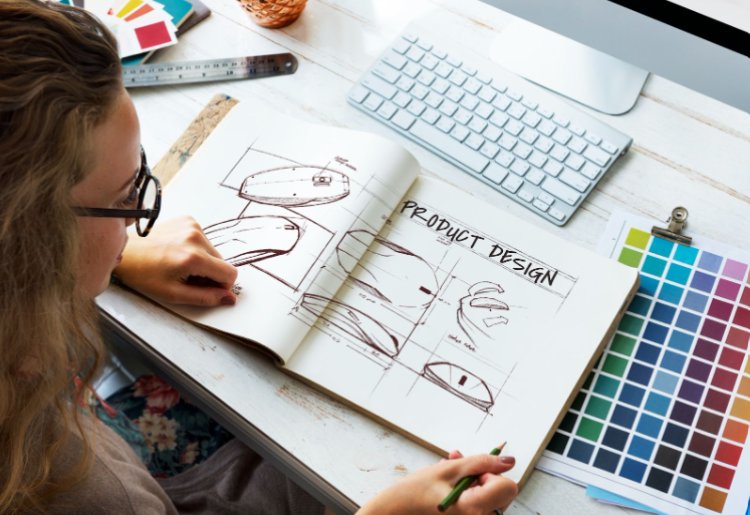Implementing Design Thinking: Facilitating Business Evolution.
Amidst the dynamic and rapidly evolving landscape of customer needs and market trends, businesses continuously strive to

Amidst the dynamic and rapidly evolving landscape of customer needs and market trends, businesses continuously strive to remain relevant and innovative. However, the constraints of limited resources and outdated strategies often impede their ability to effectively identify and tackle these challenges head-on. To overcome these obstacles and unlock the path to greatness, forward-thinking organizations are embracing the powerful concept of Design Thinking.
Design Thinking, a non-linear and iterative process, serves as a catalyst for understanding users, redefining problems, and generating cutting-edge solutions. At its core, this approach revolves around five key phases: Empathize, Define, Ideate, Prototype, and Test, which together foster creative problem-solving and unleash the potential for engineering design breakthroughs.
The Role of Market Research and Design Thinking Process:
An integral aspect of Design Thinking is conducting thorough market research. By seeking insights into user behavior, preferences, and pain points, businesses can better comprehend the needs and expectations of their target audience. Market research is the foundation upon which the Design Thinking process builds, ensuring that business strategies are geared towards customer-centricity and enhanced user experiences.
The Design Thinking process commences with Empathize, where teams immerse themselves in the user's perspective to comprehend their unique challenges and aspirations. This crucial step allows businesses to humanize their approach and develop a deeper connection with their audience.
Next comes the Define phase, where the information gathered during Empathize is synthesized and problem statements are carefully crafted. By precisely defining the problem, businesses can steer their efforts in the right direction and avoid wasteful investments.
The Ideate phase sparks creativity by encouraging brainstorming sessions and fostering a culture of innovation. Within this stage, teams can explore a myriad of potential solutions, pushing boundaries and identifying groundbreaking ideas.
Rapid Prototyping: Transforming Ideas into Reality
One of the most remarkable aspects of Design Thinking is Rapid Prototyping. This step allows businesses to swiftly transform ideas into tangible prototypes, enabling a hands-on evaluation of potential solutions. Rapid Prototyping empowers teams to learn from failures, iterate, and refine their concepts quickly.
By using Rapid Prototyping, companies can minimize the risks associated with new product development. This approach fosters a fail-fast mentality, where mistakes serve as valuable learning opportunities, saving time and resources in the long run.
The Test phase finalises the Design Thinking process, where prototypes undergo rigorous evaluation through user feedback and testing. This step ensures that the proposed solutions genuinely meet user needs and address the initial problem statements.
The Impact of Design Thinking on Business Innovation:
Design Thinking places people at the core of the business strategy, emphasizing user experience and the power of compelling product narratives. This focus on empathizing with customers fosters a deep understanding of their needs, leading to the development of innovative and market-responsive products.
Regardless of the industry or discipline, the methodology of Design Thinking yields consistent results, driving improvement in innovation and technology. Moreover, it fosters collaboration among teams, optimizing internal communication and unlocking the full potential of collective creativity.
Unlocking Business Transformation with Design Thinking:
Incorporating Design Thinking into business practices provides managers and teams with a structured approach to navigating challenges effectively. As companies adopt this methodology, they empower their workforce to think outside the box, embrace change, and drive business innovation.
Conclusion:
Design Thinking has emerged as a transformative approach to tackle the ever-changing landscape of business challenges. By blending market research, empathetic problem-solving, and Rapid Prototyping, businesses can unleash their creative potential, ensure customer-centricity, and foster innovation at every stage of their journey. Embracing Design Thinking with a focus on engineering design and user experience is the key to surviving and thriving in today's dynamic marketplace.

 authorsanjay11@gmail.com
authorsanjay11@gmail.com 
















